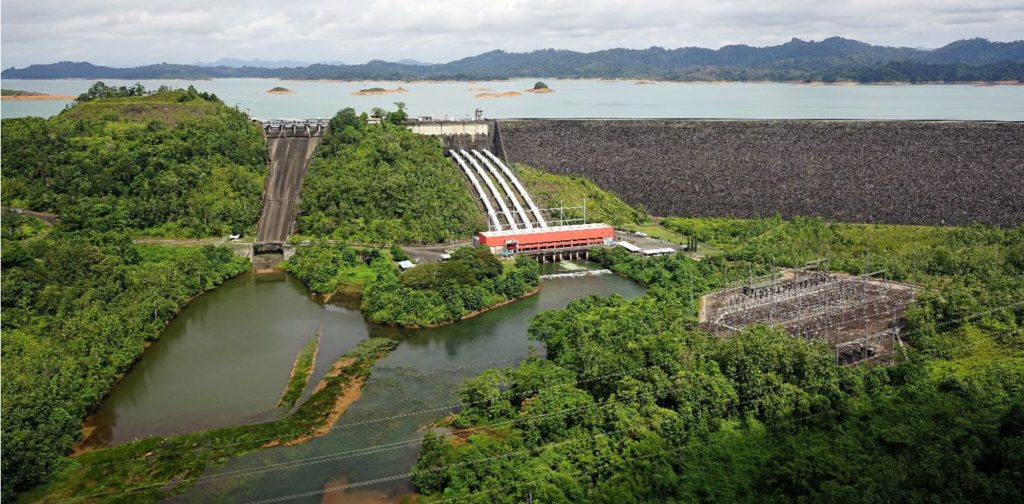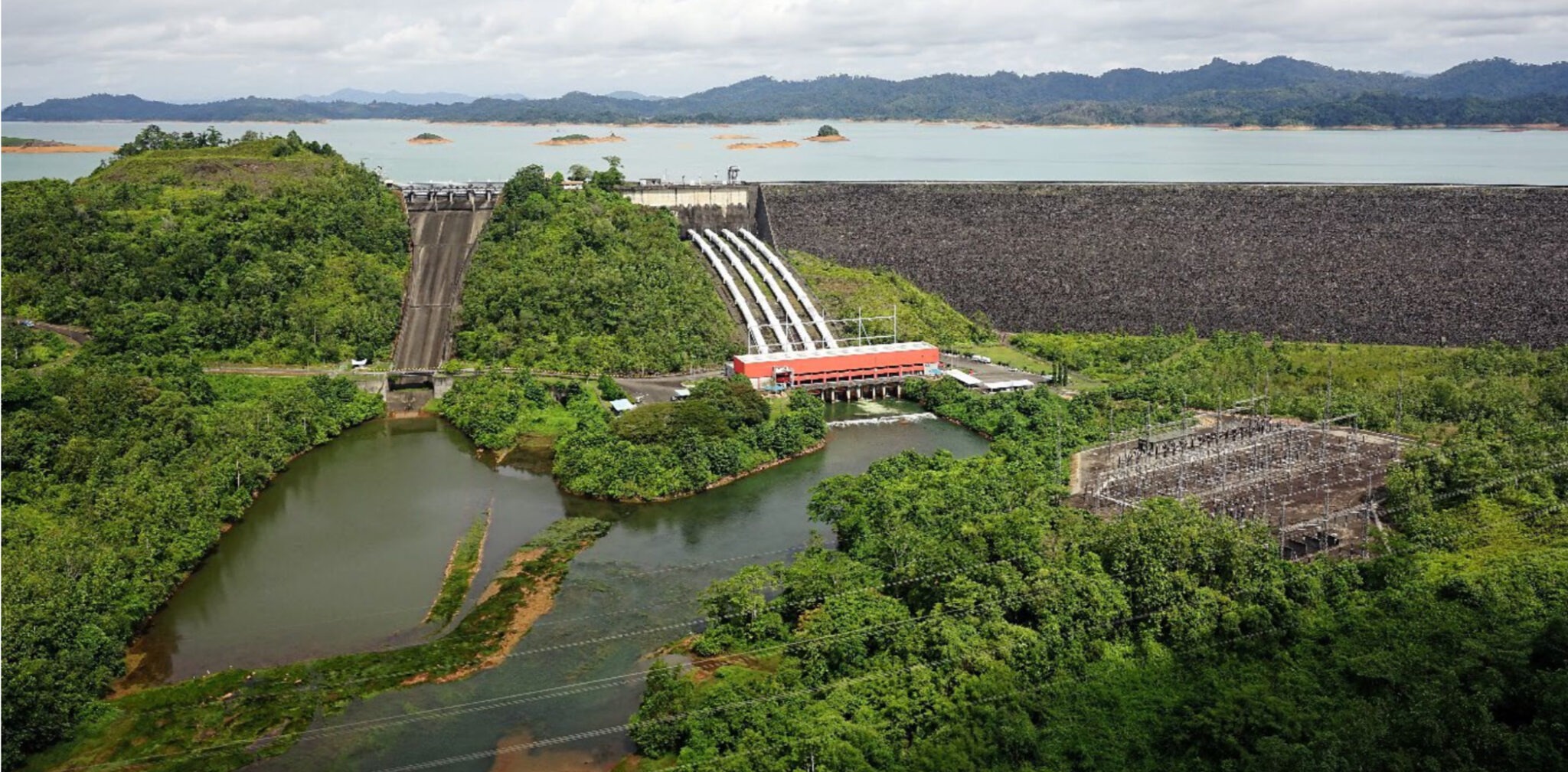Planned Shutdown for Critical Infrastructure Enhancement

KUCHING: Sarawak Energy is set to embark on a crucial phase of development as it prepares for a planned shutdown of the Batang Ai Hydroelectric Plant (HEP) located in Lubok Antu. This strategic move aims to undertake critical system upgrades, with a focus on digitalizing the generation infrastructure to bolster the reliability of electricity supply.
In a recent press statement, Sarawak Energy highlighted the significance of this automation project, emphasizing its role in streamlining the power plant’s system for more effective management of power generation and water resources.
Scheduled Implementation
The project is scheduled to unfold in three distinct stages. The first stage is slated to commence from May 16th to May 20th. Subsequently, the second and third phases will follow suit, unfolding from June 4th to 13th, and finally on June 27th.
During this period of planned shutdown, minimal to no water discharge from the Batang Ai HEP is expected. Consequently, there may be a temporary decrease in water levels downstream of Batang Ai HEP.
Community Advisory
Communities residing and operating along the downstream rivers in the Lubok Antu vicinity, potentially affected by the low water levels, are advised to proactively plan for and adopt responsible water conservation practices.
Assurance and Mitigation
Sarawak Energy assures that the current raw water intake for the nearby water treatment facility operated by the Sarawak Rural Water Supply Department (JBALB) remains adequate. The likelihood of any water supply disruptions is deemed low.
Mitigation measures are in place, including the utilization of a diesel-powered pump to extract water from the Batang Ai HEP’s reservoir for downstream supply if necessary. Furthermore, the presence of four tributaries flowing along the river from the Batang Ai HEP to the water treatment plant ensures a consistent and sufficient water flow.
Appreciation for Cooperation
Sarawak Energy extends appreciation for the understanding and cooperation of the public during this period. Such collaboration is essential to facilitate the smooth implementation of the automation project, ensuring enhanced infrastructure and reliability in the region’s electricity supply.


